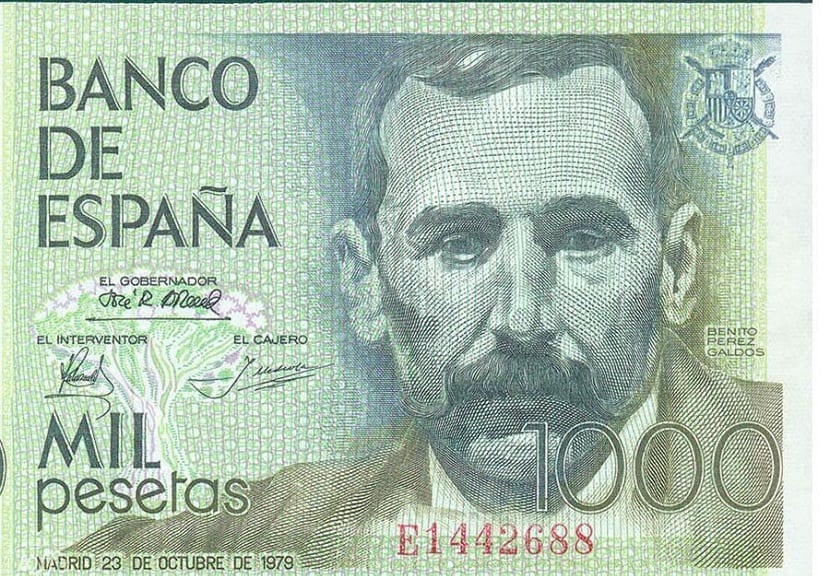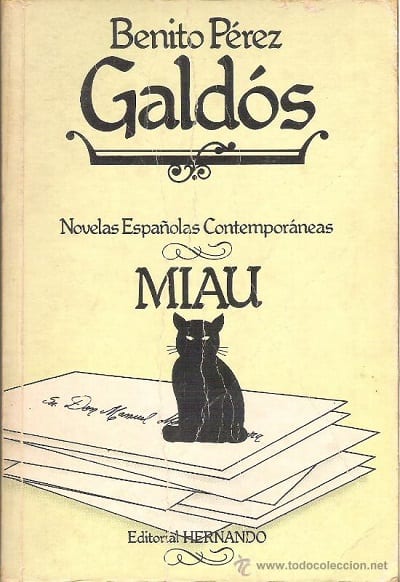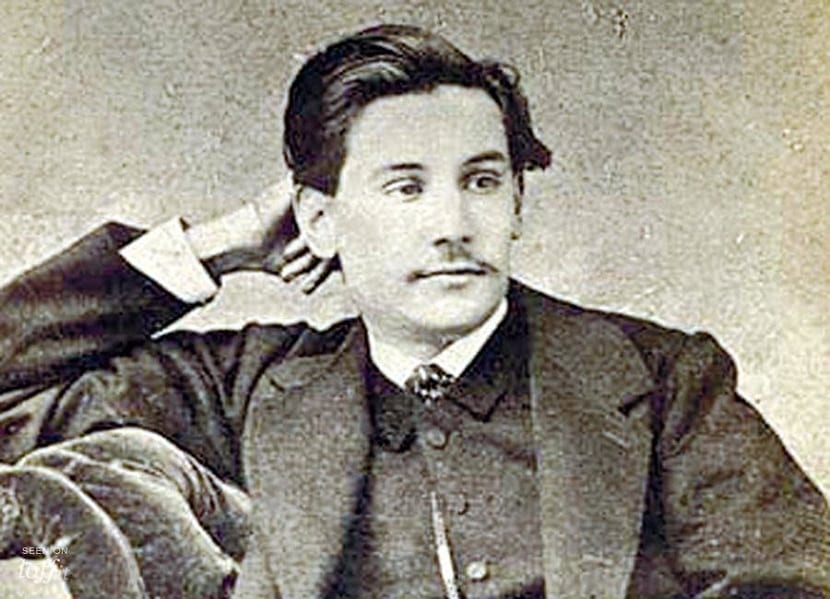
Benito Pérez Galdós, together with Leopoldo Alas «Clarín», are the highest representatives of the Spanish realism. However, today we ignore the second, which we will discuss in another article soon, and we focus above all on the work of the first, Galdós.
Benito Pérez Galdós and his novel
In Galdós's work, his great novelistic production stands out mainly, in which several groups are distinguished:
- The National Episodes they constitute a set of 46 novels that narrate the history of Spain from the battle of Trafalgar to the monarchical restoration. His most prominent titles in these National Episodes are "Trafalgar", "Bailen" y "Saragossa".
- In Galdós's early novels, this openly manifests its progressive condition: characters who represent advanced ideas are generally faced with others who are conservative, which represent intolerance and intransigence. Works such as "Perfect Lady" (1876) "Glory" (1877) and "The Leon Roch Family" (1878). Most of these novels are about «Thesis novels»In other words, the facts presented are at the service of an idea and the characters do not yet show the complex characterization of later stages.
- On the other hand, Galdós, in full literary maturity, writes contemporary Spanish novels. In them, opt for a more objective stance and renounce an ideological approach so obvious. In these novels the naturalistic influence is also perceived, but it does not come to be framed in this movement despite using typical techniques of naturalism. Madrid is usually the city chosen by the writer for these novels: «Tormento» (1884), "La de Bringas" (1884) "Meow" (1888) and «Fortunata and Jacinta» (1887)

- From 1889, the last production period of the author. This is characterized by the spiritualization of his works, since Galdós focuses on the human being and the meaning of his existence. In this period, he experiments with new narrative techniques and incorporates elements such as dreams, the symbolic or the fantastic. Novels such as "Reality" (1889) «Angel Guerra» (1891) "Tristana" (1892) "Nazarin" (1895) o "Mercy" (1897)
Ideas and theme of his work
There are a number of ideas and themes that can be considered totally "Galdosian":
- La social criticism. Galdós feels great respect for the underprivileged classes, such as the beggars, the sick or the crippled, at the same time that he shows a detachment towards those who have not adapted to the present times, such as clergymen, nobles or idlers. The social class that criticizes the most in his work is the bourgeoisie.
- La political, which is prosecuted from the historical perspective of the moment. There are works that are very successful analyzes of the present and the immediate past of their author. In these appears the liberal, republican and socialist spirit that presided over the evolution of his ideas. Galdós advances towards a pessimistic vision of History, especially in his old age, which leads him to consider the tragic destiny of the country as something deeply rooted in Spanish.
- La religion. He is against the power of the clergy, although he reveals sympathy for the evangelical priest.

Galdós' realistic style
Galdós creates in his works a fictional universe faithful to reality. Contemporary society is, in fact, his source of inspiration. Thus, in his entrance speech at the Royal Spanish Academy, which is significantly titled "Present society as a novel subject"Says:
«Image of life is the Novel, and the art of composing it lies in reproducing human characters, passions, weaknesses, the great and the small, the souls and the physiognomies, everything spiritual and physical that constitutes us and us surrounds, and language, which is the mark of race, and dwellings, which are the sign of the family, and clothing, which designs the last external traces of the personality: all this without forgetting that there must be a perfect faithful balance between accuracy and beauty of reproduction.
Dialogues and humor are also fundamental aspects of Galdós's style.
If you like the realist-style novel, tomorrow we will continue to delve into it, also analyzing the other star writer of this movement: Leopoldo Alas "Clarin".